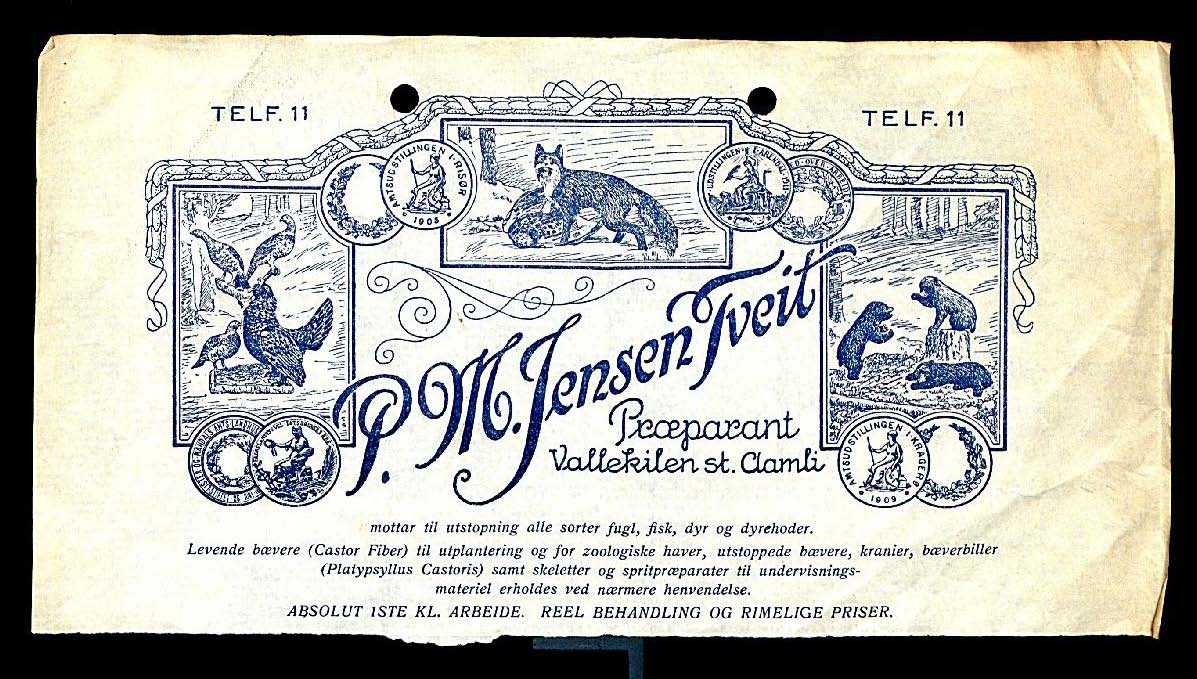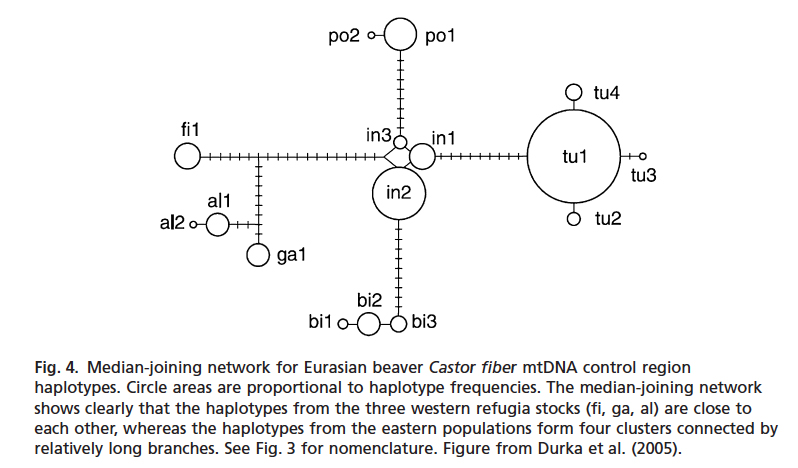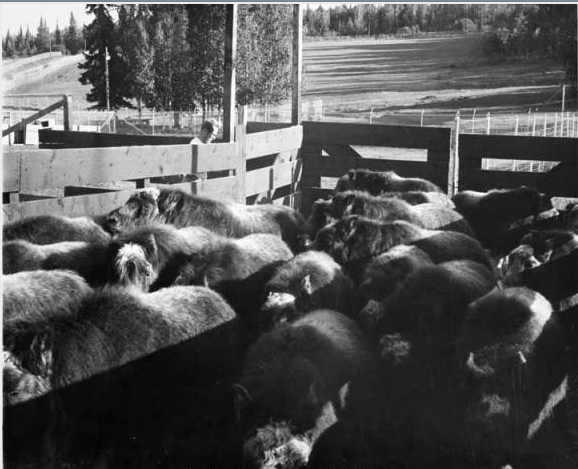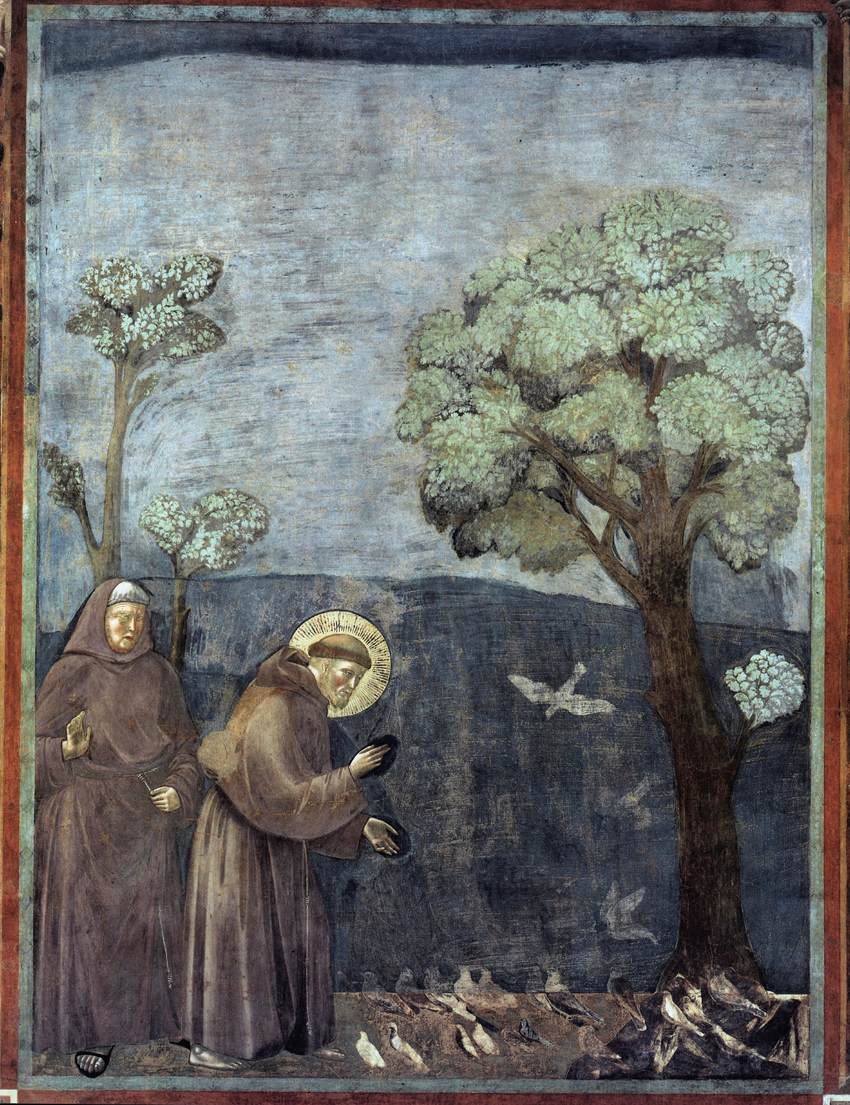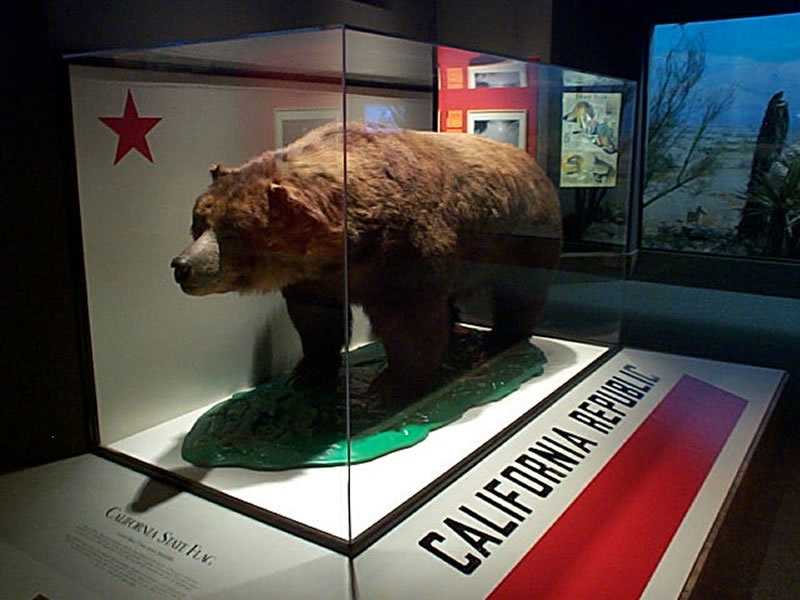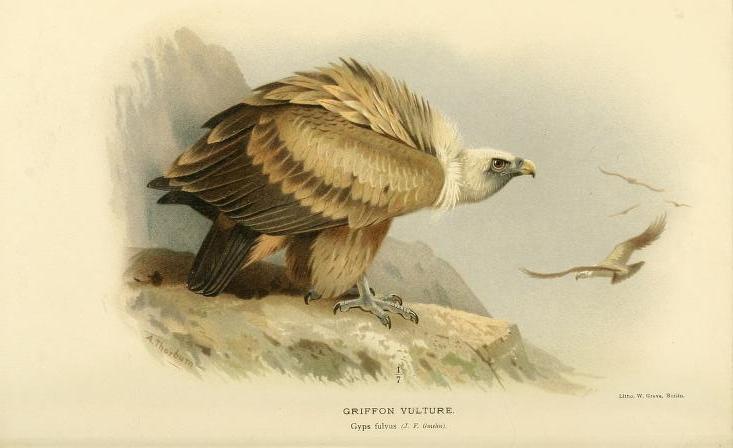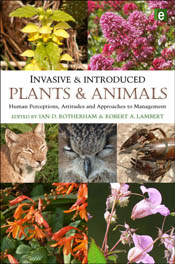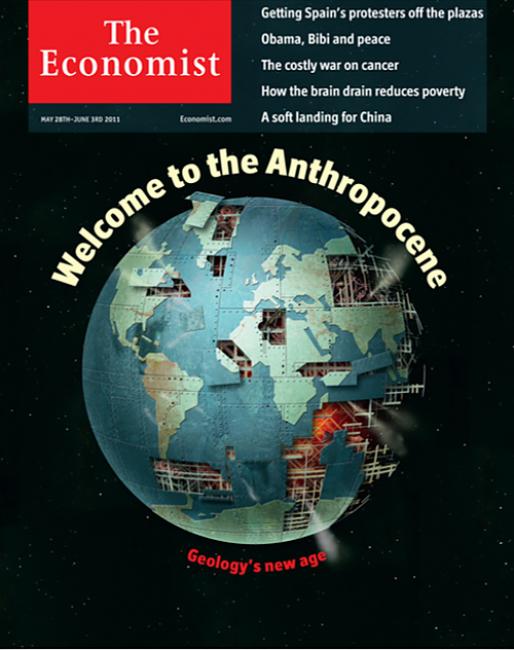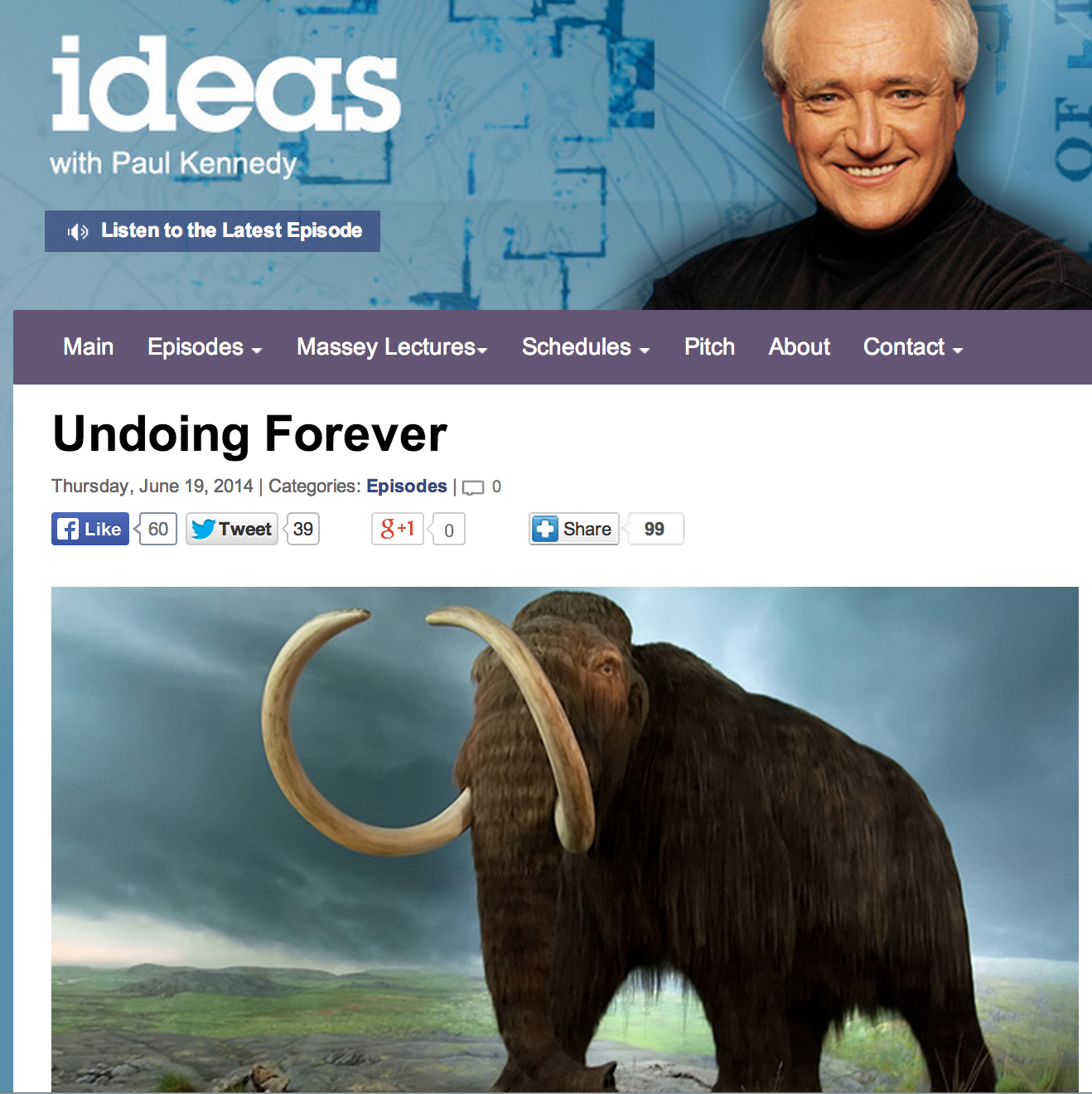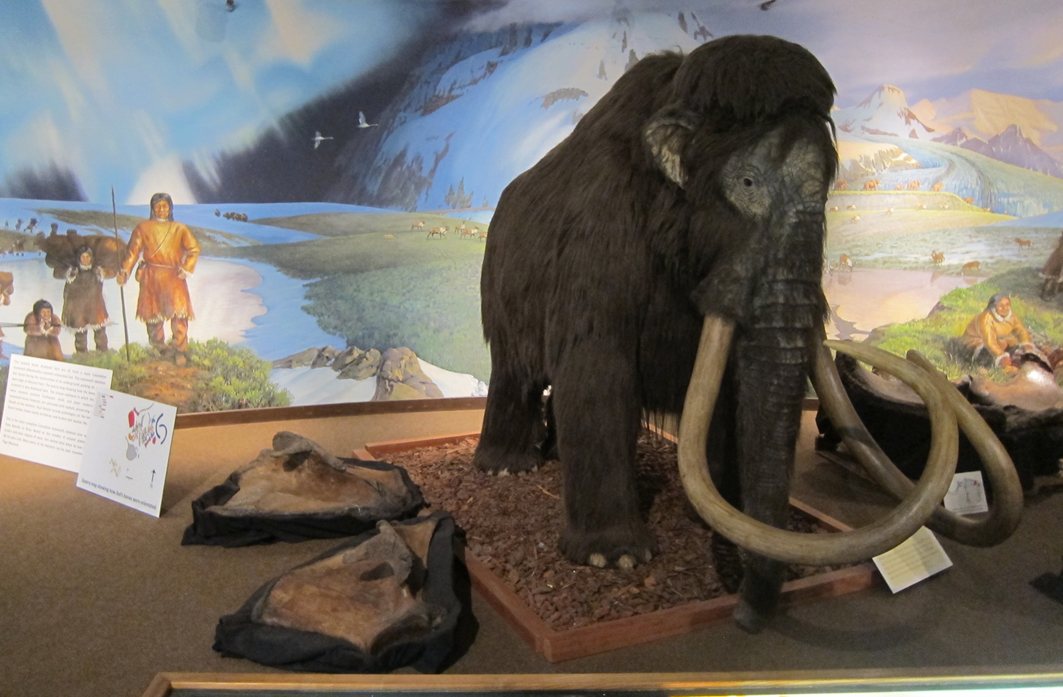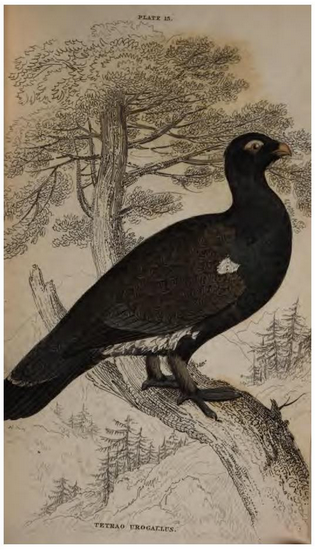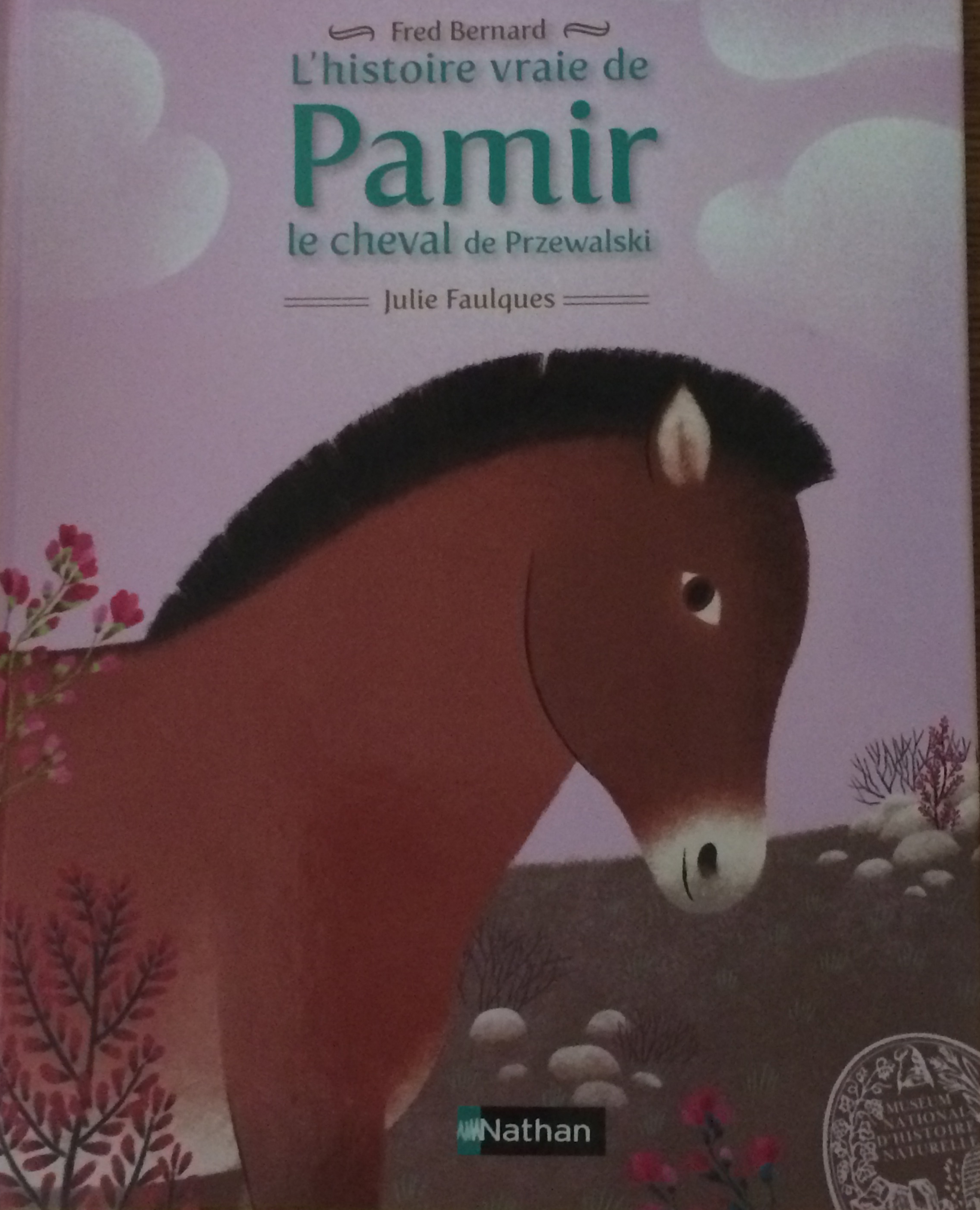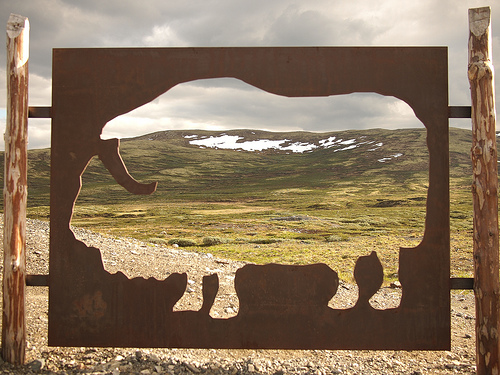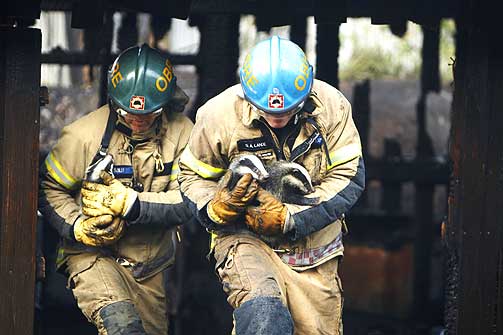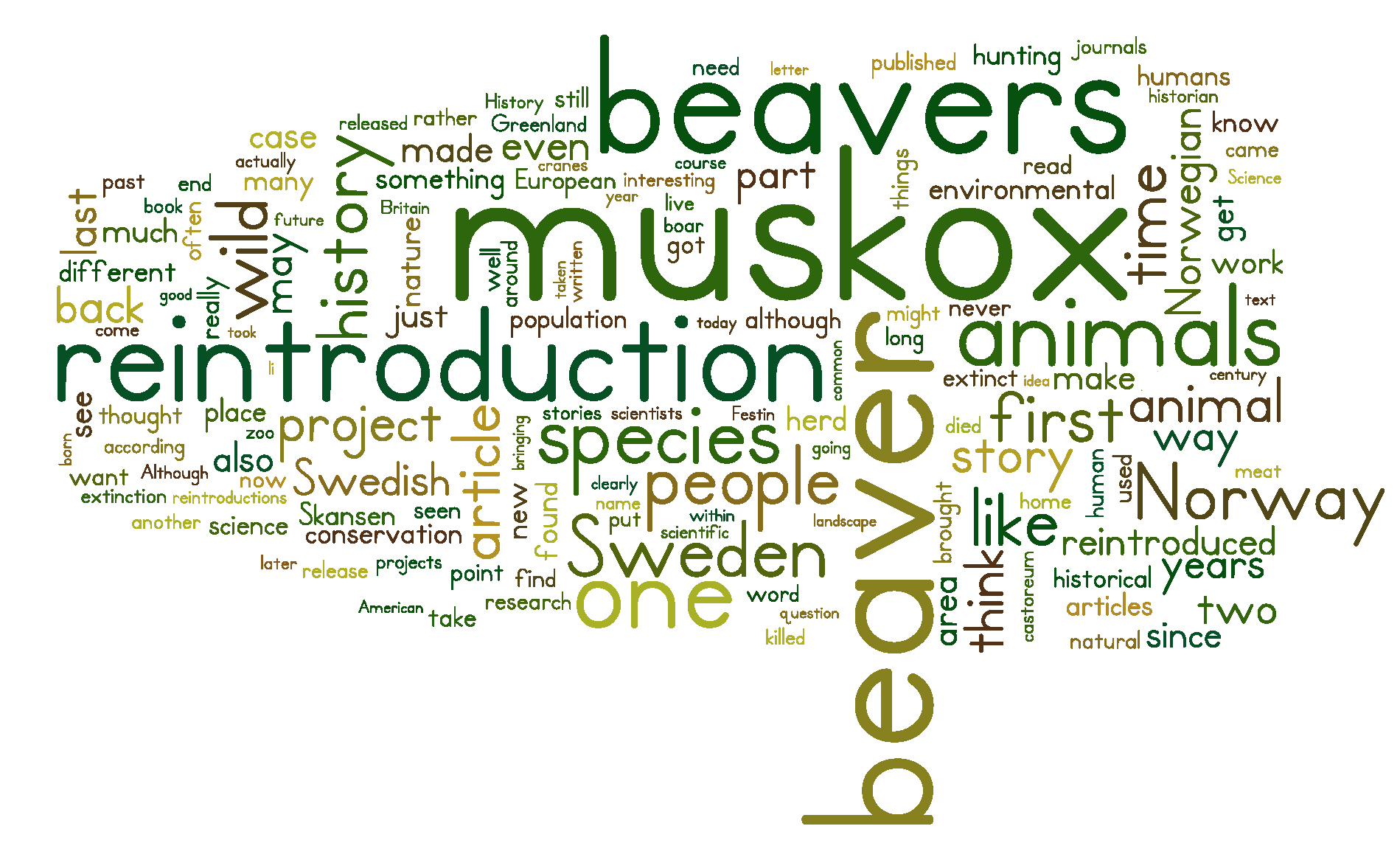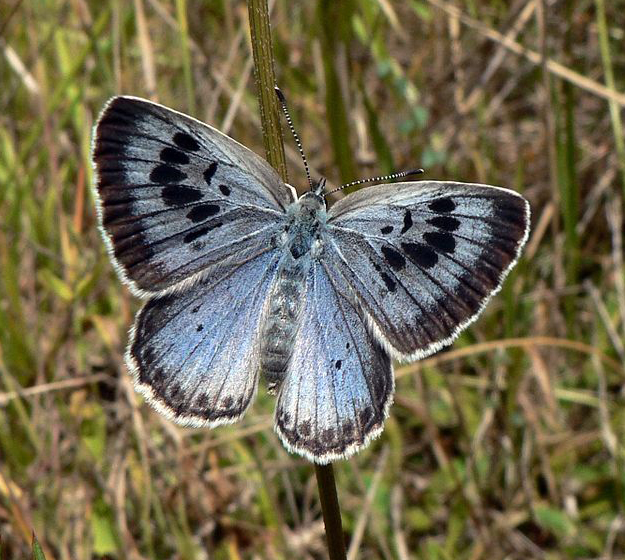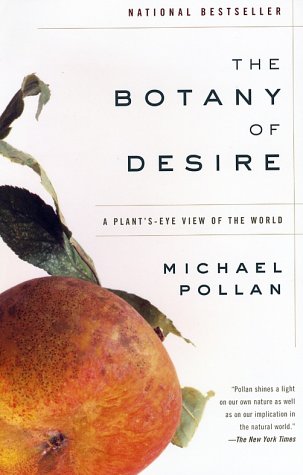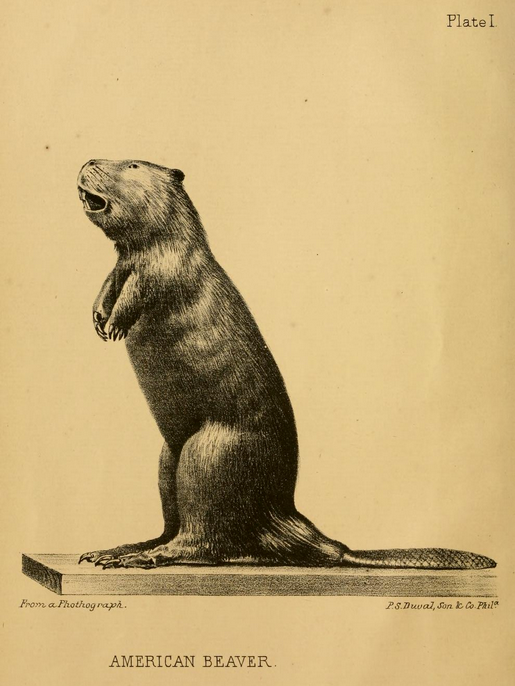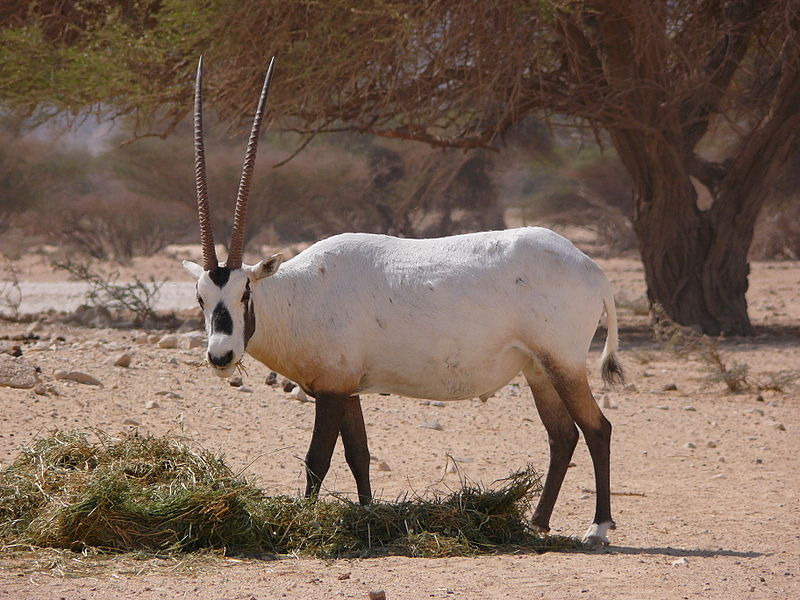literature
-
Where no reintroduction has gone before
Hot off the press! I have just published an article “Who’s the devil? Species extinction and environmentalist thought in Star Trek” in Star Trek and History, ed. Nancy Reagin, a part of the Wiley Pop Culture and History series. My article looks at species extinction as an evolving complex problem over the course of the series’ history. I begin with the original Star Trek television show of the 1960s with a look at two episodes, “The Man Trap” and “Devil in the Dark.” Both of these stories deal with how to interact with a creature which is the last of its kind, yet poses a threat to humans. I set…
-
Francis and the wolf
In this year’s Easter message from the Vatican, Pope Francis urged peace in the world and, interestingly in the context of this blog, peace for the Earth: Peace to the whole world, torn apart by violence linked to drug trafficking and by the iniquitous exploitation of natural resources! Peace to this our Earth! May the risen Jesus bring comfort to the victims of natural disasters and make us responsible guardians of creation. After Pope Francis was elevated a couple weeks ago, he clarified that he had chosen his name in honor of St. Francis of Assisi because of the saint’s association with poverty. But, of course, St. Francis is also…
-
Hope in the Anthropocene
We are living in the Anthropocene. The term, proposed by Crutzen and Stoermer in 2000, attempts to capture the profound effect humans have had and are having on the geology and ecology of Earth. While Crutzen and Stoermer think of the Anthropocene as beginning in the 18th century with the rise of fossil fuels — and many have subsequently adopted this view –, I think humans have been altering ecology in massive ways much longer and that we need not limit our indicator of the Anthropocene to climate change. At the “From Instants to Eons: Time in Environment and Environmental History” conference yesterday, the Anthropocene took center stage in both…
-
A place for stories
I just finished reading William Cronon’s “A Place for Stories: Nature, History, and Narrative” from 1992. Although now 21 years old, it is a brilliant piece of scholarship that all historians, whether studying the environment or not, should read. I read it when I was a PhD student, but it spoke to me so much more now than then, particularly since I’m going to be giving a keynote in two weeks at the “From Instants to Eons: Time in Environment and Environmental History” conference at Tallinn University titled “Happy Endings: how choosing the end points of our histories matters”. In that talk, I’m going to include beaver reintroduction as one case-in-point.…
-
A funny word
I’ve been thinking about the word that I use more often than any other on this blog and my research: reintroduction. It’s an odd word, really. It’s clearly made up of two parts: “re” meaning to do something again and “introduction” meaning to bring or institute something. Historically, that’s how the word was used. Using Google’s ngrams linked with Google Books, I found that prior to 1850, the word “reintroduction” was used often in political tracts (to reintroduce power structures like royal rule, for example), in religious tracts (to reintroduce a religious practice or Catholicism or papal rule), in architecture (to reintroduce old architectural elements), and in agriculture (to reintroduce a practice…
-
Diverse values
Yesterday I had an article, “Damned If You Do, Dammed If You Don’t: Debates on Dam Removal in the Swedish Media,” published in Ecology and Society on the ways that different people think about the landscape created by hydropower dams. Some people, particularly ecologists and environmental activists, want to remove old dams to restore the flow of the river. They are hoping to increase fish populations and bring back the ‘natural’ watercourse. Others who live near the dam often object because they value the recreational, cultural heritage, and aesthetic values of the pond created by the dam. The observation that different groups may value different things in the same landscape applies to…
-
Agency and nativeness
I recently read a document put together by the Society for Ecological Restoration (SER) for the Convention on Biological Diversity (CBD) in which SER gathered common definitions of words related to ecological restoration. One of those words was “Native species,” which they defined as Taxa that have originated in a given area without human involvement or that have arrived there without intentional or unintentional intervention of humans from an area in which they are native. (definition taken from Pyšek et al. 2004). What struck me about this definition is the focus on agency. While nativeness as a construct has been thoroughly questioned, the analysis has focused on nativeness as time and…
-
Writing policy history can matter
I was pleased to find out today that a response by Dalrymple and Moehrenschlager to my Restoration Ecology article on the ambiguous definitions of reintroduction is available on the journal’s Early View page. Most importantly, the ambiguity I pointed out has led to a policy change. The current revision of the IUCN Guidelines Reintroductions and other Conservation Translocations in preparation by IUCN Species Survival Commission Reintroduction and Invasive Species Specialist Groups will be changing their language based on my article. Now a reintroduction will be defined as returning “an animal or plant into an area in which it was indigenous…” As the authors of the response acknowledge, there is still the question of…
-
An objection to objective science
I’ve started reading the article collection Invasive and Introduced Plants and Animals: Human Perceptions, Attitudes and Approaches to Management this week. The collection includes a number of articles by well-known environmental historians, including Peter Coates and Chris Smout, as well as articles on reintroduction, including the wild boar in Britain, so I’m looking forward to making it through the book. But when I got to the bottom of the very first paragraph of the editors’ introduction, my jaw dropped. Here’s what the editors say the collection aims to do: “Our intention is to stimulate the reader to question ideas and received wisdom, and to try to establish the interface between…

